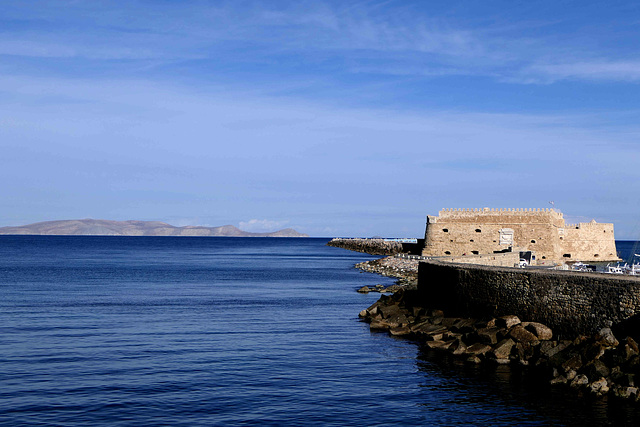Heraklion - Neoria Vechi
Heraklion - Historical Museum of Crete
Heraklion - Historical Museum of Crete
Heraklion - Historical Museum of Crete
Heraklion - Historical Museum of Crete
Heraklion - Historical Museum of Crete
Heraklion - Historical Museum of Crete
Heraklion - Historical Museum of Crete
Heraklion - Historical Museum of Crete
Heraklion - St Peter
Heraklion - Koules Fortress
Heraklion - Archaeological Museum
Heraklion - Archaeological Museum
Heraklion - Archaeological Museum
Heraklion - Archaeological Museum
Heraklion - Archaeological Museum
Heraklion - Archaeological Museum
Heraklion - Venetian Loggia
Heraklion - Venetian Loggia
Heraklion - Venetian Loggia
Heraklion - Agios Titos
Heraklion - Agios Titos
Heraklion - Agios Titos
Heraklion - Agios Titos
Heraklion
Heraklion - Evangelismos
Heraklion - Agia Ekaterini
Heraklion - Agia Ekaterini
Heraklion - Agia Ekaterini
Heraklion - Agia Ekaterini
Heraklion - Agia Ekaterini
Heraklion - Agia Ekaterini
Heraklion - Agia Ekaterini
Heraklion - Agia Ekaterini
Heraklion - Agios Minas Cathedral
Heraklion - Agios Minas Cathedral
Heraklion - Agios Minas Cathedral
Heraklion - Agios Minas Cathedral
Hannover - Aegidienkirche
Location
Lat, Lng:
You can copy the above to your favourite mapping app.
Address: unknown
You can copy the above to your favourite mapping app.
Address: unknown
Keywords
Authorizations, license
-
Visible by: Everyone -
All rights reserved
-
5 visits
Heraklion - Koules Fortress


Crete is the largest and most populous of the Greek islands, is located about 100 km south of the Peloponnese. Crete was the center of Europe's first advanced civilization, the Minoans, from 3000 to 1400 BC. The Minoan civilization was overrun by the Mycenaean civilization from mainland Greece. Crete was later ruled by Rome, then successively by the Byzantine Empire, Andalusian Arabs, the Byzantine Empire again, the Venetian Republic, and the Ottoman Empire. In 1898 Crete, whose people had for some time wanted to join the Greek state, achieved independence from the Ottomans, formally becoming the Cretan State. Crete became part of Greece in December 1913.
Heraklion is the largest city and the administrative capital of the island of Crete. With a municipal population of about 180.000 it is the fourth largest city in Greece. The greater area of Heraklion has been continuously inhabited since at least 7000 BCE, making it one of the oldest inhabited regions in Europe. As a major center of the Minoan civilization it often considered Europe's oldest city.
The fortress, located at the entrance of the old port of Heraklion, was named "Castello a Mare" by the Venetians who built it in the early 16th century. The site was possibly first fortified by the Arabs in the 9th or 10th centuries. By the second Byzantine period, a tower stood on the site.
In 1462, the Venetian Senate decided to improve the fortifications. Old ships were filled with stone, and were sunk to form a breakwater and increase the area of the platform on which the fortress was built. The "Castello a Mare" was completed in 1540. During the 21-year long Siege, Ottoman batteries easily neutralised the fort's firepower. The Ottomans eventually took the fort in 1669, after the Venetians surrendered the entire city. They did not make any major alterations to the fort, except for the additions of some battlements and embrasures.
Heraklion is the largest city and the administrative capital of the island of Crete. With a municipal population of about 180.000 it is the fourth largest city in Greece. The greater area of Heraklion has been continuously inhabited since at least 7000 BCE, making it one of the oldest inhabited regions in Europe. As a major center of the Minoan civilization it often considered Europe's oldest city.
The fortress, located at the entrance of the old port of Heraklion, was named "Castello a Mare" by the Venetians who built it in the early 16th century. The site was possibly first fortified by the Arabs in the 9th or 10th centuries. By the second Byzantine period, a tower stood on the site.
In 1462, the Venetian Senate decided to improve the fortifications. Old ships were filled with stone, and were sunk to form a breakwater and increase the area of the platform on which the fortress was built. The "Castello a Mare" was completed in 1540. During the 21-year long Siege, Ottoman batteries easily neutralised the fort's firepower. The Ottomans eventually took the fort in 1669, after the Venetians surrendered the entire city. They did not make any major alterations to the fort, except for the additions of some battlements and embrasures.
- Keyboard shortcuts:
Jump to top
RSS feed- Latest comments - Subscribe to the comment feeds of this photo
- ipernity © 2007-2025
- Help & Contact
|
Club news
|
About ipernity
|
History |
ipernity Club & Prices |
Guide of good conduct
Donate | Group guidelines | Privacy policy | Terms of use | Statutes | In memoria -
Facebook
Twitter

Sign-in to write a comment.